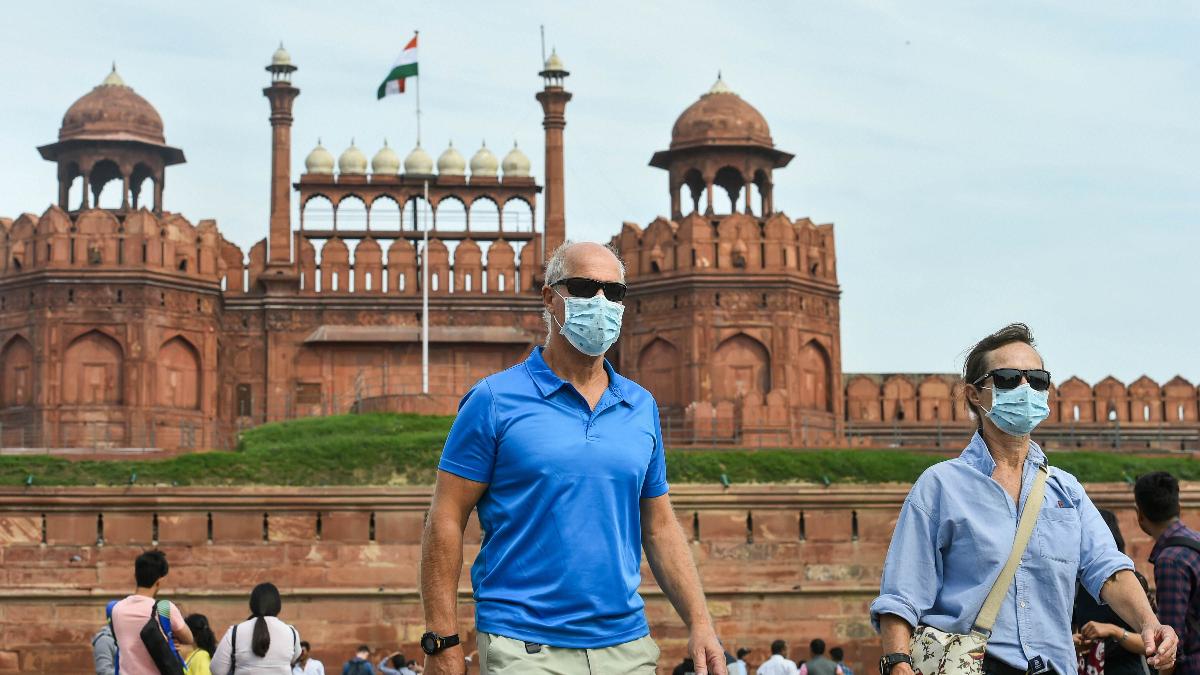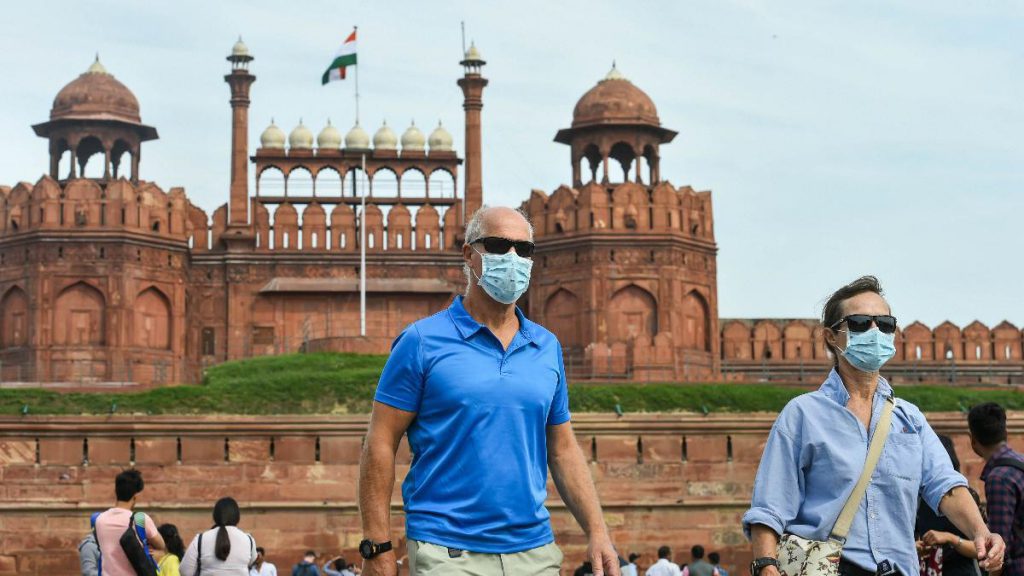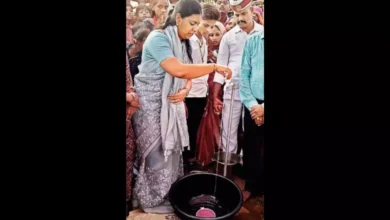1 out of 4 people in Delhi exposed to COVID19 antibody: Health Ministry study


“The results of the sero-prevalence study show that on an average, across Delhi, the prevalence of IgG antibodies is 23.48 per cent. The study also indicates that a large number of infected persons remain asymptomatic,” the ministry said in a statement.
The low percentage can be attributed to proactive efforts taken by the government to prevent the spread of infection, including prompt lockdown, effective containment and surveillance measures, including contact tracing and tracking, as well as citizen’s compliance to COVID appropriate behaviours.
“However, a significant proportion of the population is still vulnerable. Therefore, the containment measures need to continue with the same rigour. Non-pharmacological interventions such as physical distancing, use of face masks or cover, hand hygiene, cough etiquette and avoidance of crowded places, etc., must be followed strictly,” it added.
The survey, by the National Center for Disease Control in collaboration with the state government, involved testing 21,387 samples from 11 districts in the city.
It followed a rigorous multi-stage sampling study design and was carried out between June 27 and July 10. For the exercise, blood samples were collected from selected individuals and then their sera ( part of the blood) were tested for IgG antibodies using Covid Kavach ELISA approved by Indian Council for Medical Research
This was one of the largest sero-prevalence studies conducted in India using ELISA testing. ICMR-National Institute of Virology (NIV) at Pune developed and validated the indigenous blood-based IgG ELISA (Enzyme-Linked Immunosorbent Assay) test “Covid Kavach Elisa” for antibody detection for Covid-19, which was used for the sero-prevalence survey in Delhi.
While real time reverse transcription-polymerase chain reaction (rRT-PCR) test is the frontline test for clinical diagnosis of SARS-CoV-2, robust antibody tests are critical for surveillance to understand the proportion of population exposed to infection. It takes about 2.5 hours to get results and can be deployed even in districts, says the research body.



